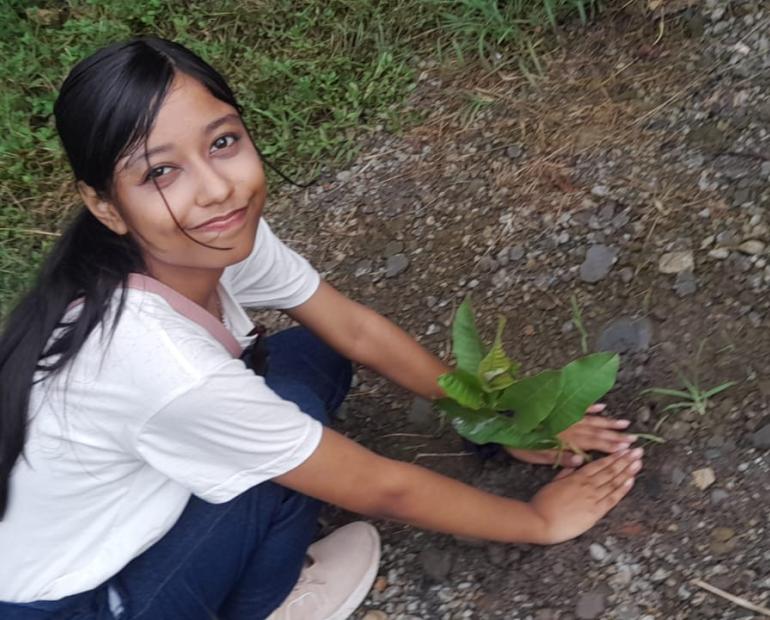
Having lived in Bangalore (a metropolitan city in India) for ten years, I’ve watched the blanket of pollution that chokes my city expand and thicken. Five years ago, a walk to a nearby park was pleasant, enjoyable, and a source of endorphins. Now, walking to the park is synonymous with coughing, blinking numerous times to see past the smoke particles, and wielding a handkerchief to guard my nose and mouth.
So, what is smog? According to Cambridge Dictionary, smog is a mixture of gases, smoke, and chemicals that sullies the atmosphere of a region; it is mostly caused by vehicular emissions, the burning of agricultural crops, and in India’s case – Diwali celebrations. Indeed, although Diwali is a time of happiness, light, and excitement, it comes with dire consequences – which directly impact the health of India’s children, adolescents, adults, elders, animals, and vegetation. The health effects include lung cancer, asthma, shortness of breath, and a shortened life expectancy, among so many others. In fact, the levels of Delhi smog were high enough to force the government to shut down schools for three days!
Sometimes, I think of the city (and country!) we youngsters are inheriting. I think of my country, which was once green and healthy, metamorphosing into a sooty realm of noise and uncontrolled urbanization. I think of the young babies in Delhi who are inadvertently inhaling lethal amounts of smoke and particulate matter – and the tragic effects such exposure can have on their health. Vibrant, colorful fireworks may be romantic and glamorous at night, but leave a bitter and frightening aftertaste once the sun rises. There have been sad stories of young boys being unable to play football (since the pollution drains them of their stamina), anxious parents buying face masks for their children, and residents refusing to go outdoors. The impact of smog is tangible and perilous.
Diwali, an extremely important festival for us Indians, celebrates the triumph of good over evil. However, if we choose to celebrate the power of goodness by choking our cities with a poisonous blanket, what sort of message are we sending? Are a few, momentary sparks of beauty really worth the health and strength of the future generations? Of course, Diwali celebrations aren’t the only reason behind Delhi’s current plight – but they have led to a terrifying upsurge in its recent pollution levels.
But thankfully, I’ve seen the quantity of crackers burst in Bangalore drop significantly over the last few years. There were even notices in my apartment restricting the hours of Diwali celebration (that is, bursting firecrackers). This measure was beneficial in so many different ways – for it also helped curb the dreadful amounts of noise pollution that often accompany this festival.
So yes, people are learning. But given Delhi’s predicament, I believe that more urgent measures need to be implemented. And if not that, at least Indian residents should be made aware of the damage they’re causing not only to their environment but also to their descendants. Given the environmental, social, political, and economic challenges that are facing our world, it’s more important than ever that the leaders of tomorrow are empowered and healthy. So next time, before you send a firecracker spinning into the air, think about the tendrils of smoke arising from it, the gloomy curtain that will pervade your city the next day, and most importantly – the health of the little girls and boys surrounding you.






